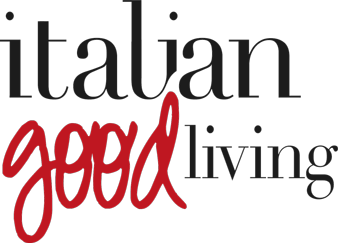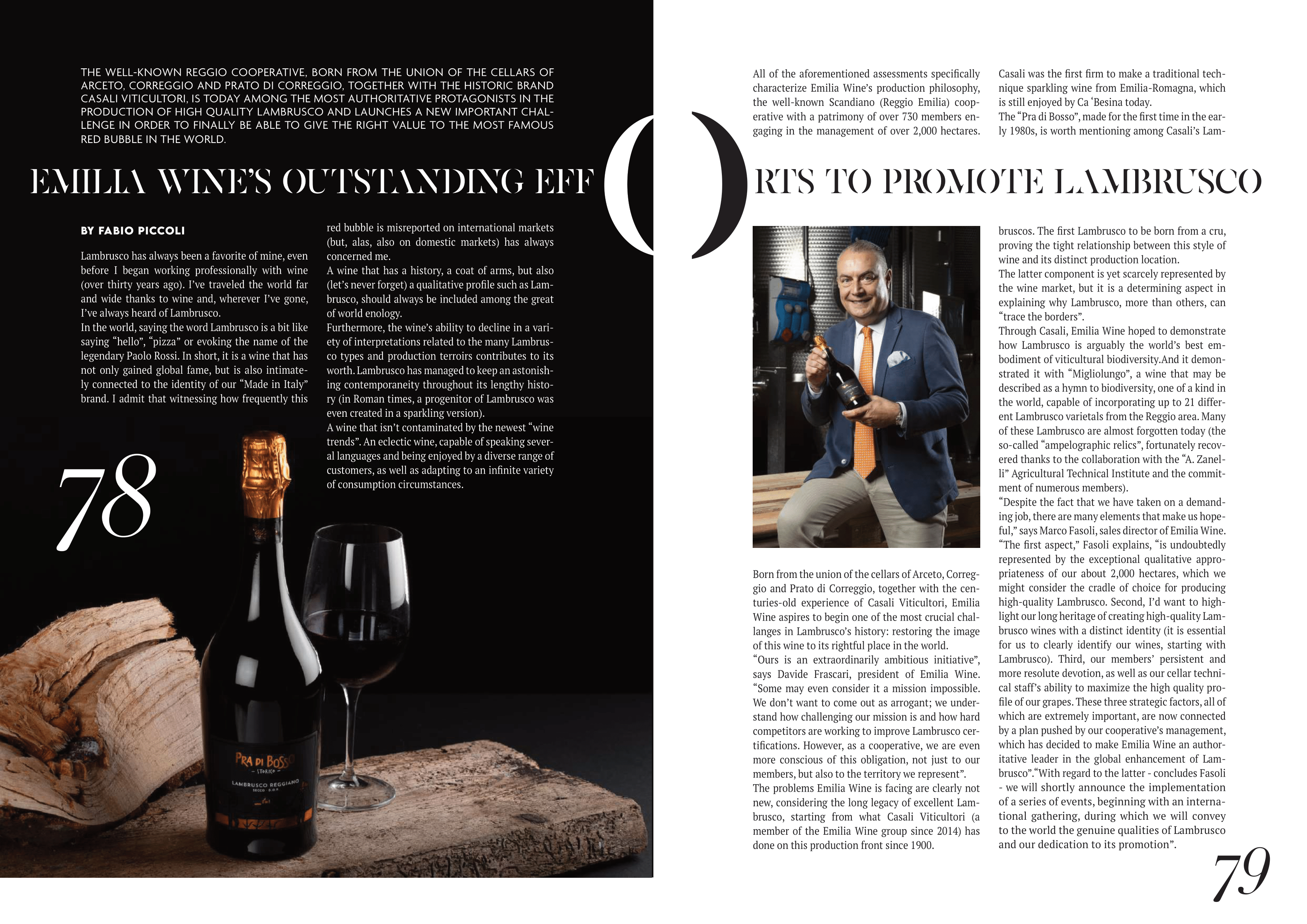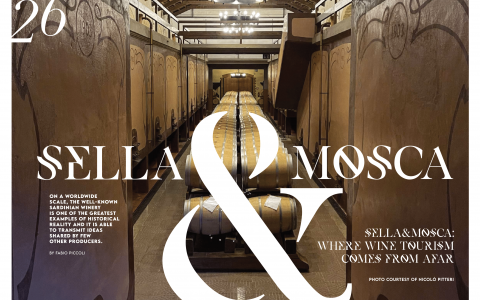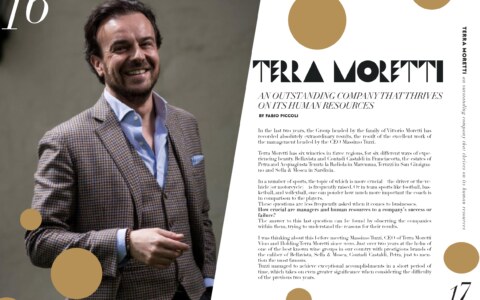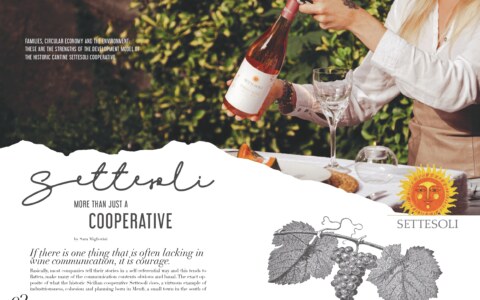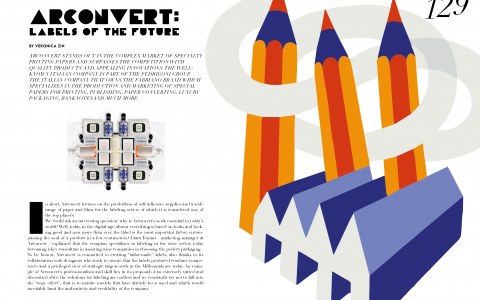Emilia Wine’s outstanding efforts to promote Lambrusco
The well-known Reggio cooperative, born from the union of the cellars of Arceto, Correggio and Prato di Correggio, together with the historic brand Casali Viticultori, is today among the most authoritative protagonists in the production of high quality Lambrusco and launches a new important challenge in order to finally be able to give the right value to the most famous red bubble in the world.
By Fabio Piccoli
Lambrusco has always been a favorite of mine, even before I began working professionally with wine (over thirty years ago). I’ve traveled the world far and wide thanks to wine and, wherever I’ve gone, I’ve always heard of Lambrusco.
In the world, saying the word Lambrusco is a bit like saying “hello”, “pizza” or evoking the name of the legendary Paolo Rossi. In short, it is a wine that has not only gained global fame, but is also intimately connected to the identity of our “Made in Italy” brand.
I admit that witnessing how frequently this red bubble is misreported on international markets (but, alas, also on domestic markets) has always concerned me.
A wine that has a history, a coat of arms, but also (let’s never forget) a qualitative profile such as Lambrusco, should always be included among the great of world enology.
Furthermore, the wine’s ability to decline in a variety of interpretations related to the many Lambrusco types and production terroirs contributes to its worth.
Lambrusco has managed to keep an astonishing contemporaneity throughout its lengthy history (in Roman times, a progenitor of Lambrusco was even created in a sparkling version). A wine that isn’t contaminated by the newest “wine trends”.
An eclectic wine, capable of speaking several languages and being enjoyed by a diverse range of customers, as well as adapting to an infinite variety of consumption circumstances.
All of the aforementioned assessments specifically characterize Emilia Wine’s production philosophy, the well-known Scandiano (Reggio Emilia) cooperative with a patrimony of over 730 members engaging in the management of over 2,000 hectares. Born from the union of the cellars of Arceto, Correggio and Prato di Correggio, together with the centuries-old experience of Casali Viticultori, Emilia Wine aspires to begin one of the most crucial challanges in Lambrusco’s history: restoring the image of this wine to its rightful place in the world.
“Ours is an extraordinarily ambitious initiative”, says Davide Frascari, president of Emilia Wine. “Some may even consider it a mission impossible. We don’t want to come out as arrogant; we understand how challenging our mission is and how hard competitors are working to improve Lambrusco certifications. However, as a cooperative, we are even more conscious of this obligation, not just to our members, but also to the territory we represent”.
The problems Emilia Wine is facing are clearly not new, considering the long legacy of excellent Lambrusco, starting from what Casali Viticultori (a member of the Emilia Wine group since 2014) has done on this production front since 1900. Casali was the first firm to make a traditional technique sparkling wine from Emilia-Romagna, which is still enjoyed by Ca ‘Besina today.
The “Pra di Bosso”, made for the first time in the early 1980s, is worth mentioning among Casali’s Lambruscos. The first Lambrusco to be born from a cru, proving the tight relationship between this style of wine and its distinct production location.
The latter component is yet scarcely represented by the wine market, but it is a determining aspect in explaining why Lambrusco, more than others, can “trace the borders”.
Through Casali, Emilia Wine hoped to demonstrate how Lambrusco is arguably the world’s best embodiment of viticultural biodiversity. And it demonstrated it with “Migliolungo”, a wine that may be described as a hymn to biodiversity, one of a kind in the world, capable of incorporating up to 21 different Lambrusco varietals from the Reggio area. Many of these Lambrusco are almost forgotten today (the so-called “ampelographic relics”, fortunately recovered thanks to the collaboration with the “A. Zanelli” Agricultural Technical Institute and the commitment of numerous members).
“Despite the fact that we have taken on a demanding job, there are many elements that make us hopeful,” says Marco Fasoli, sales director of Emilia Wine.
“The first aspect,” Fasoli explains, “is undoubtedly represented by the exceptional qualitative appropriateness of our about 2,000 hectares, which we might consider the cradle of choice for producing high-quality Lambrusco. Second, I’d want to highlight our long heritage of creating high-quality Lambrusco wines with a distinct identity (it is essential for us to clearly identify our wines, starting with Lambrusco).
Third, our members’ persistent and more resolute devotion, as well as our cellar technical staff’s ability to maximize the high quality profile of our grapes. These three strategic factors, all of which are extremely important, are now connected by a plan pushed by our cooperative’s management, which has decided to make Emilia Wine an authoritative leader in the global enhancement of Lambrusco”.
“With regard to the latter – concludes Fasoli – we will shortly announce the implementation of a series of events, beginning with an international gathering, during which we will convey to the world the genuine qualities of Lambrusco and our dedication to its promotion“.
